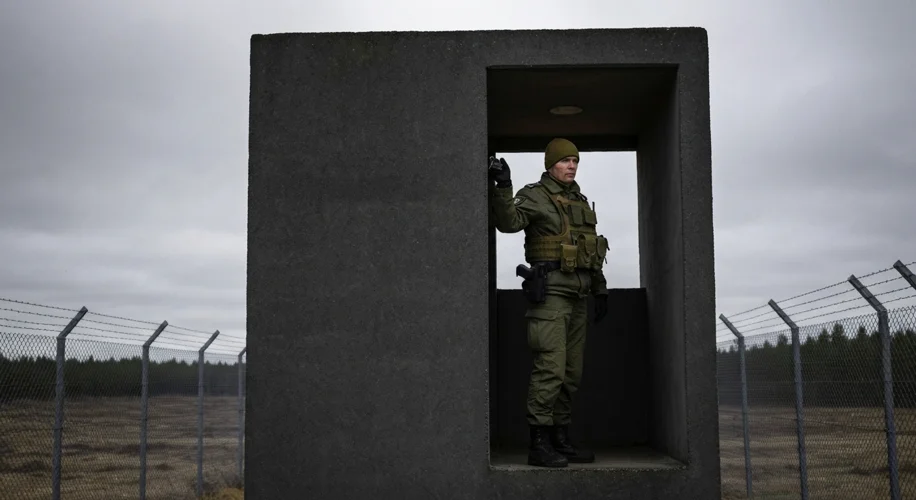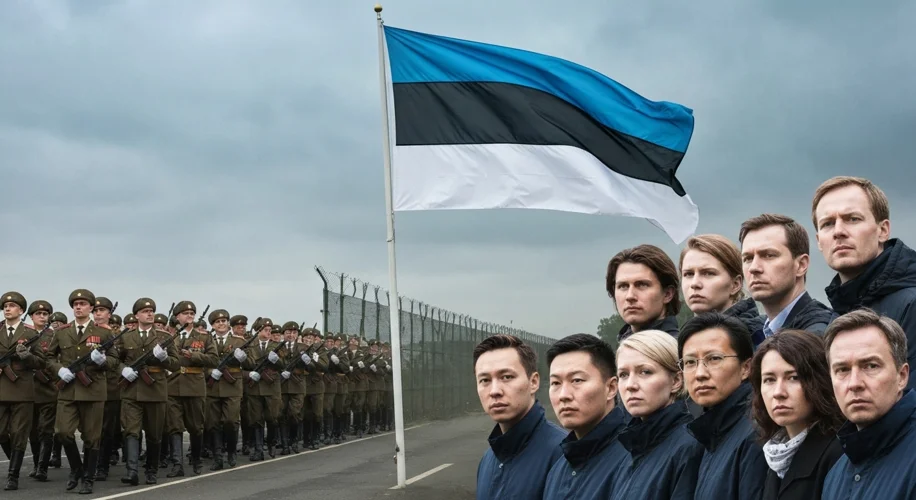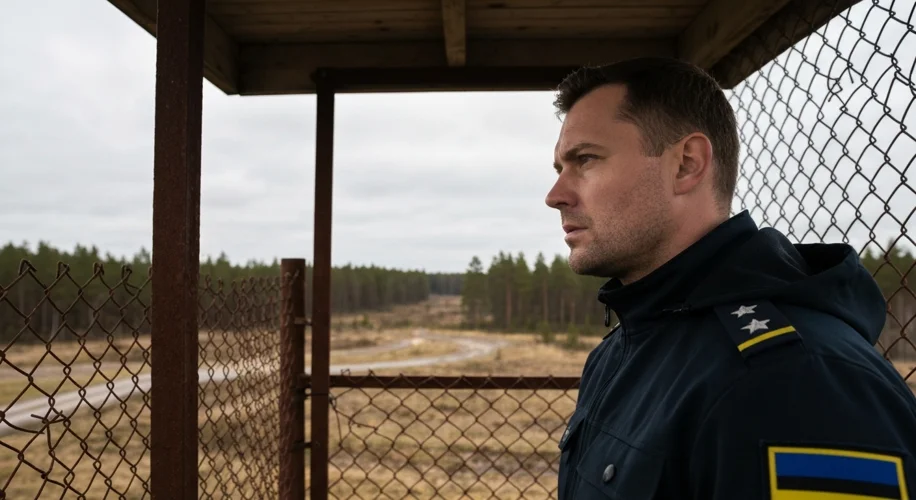The crisp Baltic air, usually carrying the scent of pine and the distant murmur of the sea, was today thick with a different kind of tension. For the residents of Narva and other towns hugging Estonia’s eastern frontier, the sight of closed border crossings and the low hum of military vehicles weren’t just headlines; they were a visceral echo of history.
Estonia, a nation carved from the sundered empire of Tsarist Russia and later absorbed into the Soviet behemoth, has a relationship with its colossal neighbor defined by a perpetual state of watchful awareness. This isn’t mere paranoia; it’s a deep-seated understanding etched into the national psyche by decades, even centuries, of shifting borders, forceful occupations, and the ever-present shadow of Russian military might.
The recent closure of border crossings due to ‘unusual Russian military activity’ is a stark reminder of this enduring dynamic. For Estonians, the concept of national sovereignty is not an abstract political ideal but a hard-won, fiercely protected reality. They remember the Soviet era, a period where their culture, language, and very identity were systematically suppressed. They recall the devastating deportations, the forced collectivization, and the constant surveillance that choked the life out of their nation for nearly fifty years.

When Estonia, along with Latvia and Lithuania, regained their independence in the wake of the Soviet Union’s collapse in 1991, it was a moment of profound jubilation. Yet, the euphoria was tempered by the stark reality of their geographic predicament. Nestled between a resurgent Russia and a NATO alliance still finding its footing, these Baltic states became front-line nations. Their shared border with Russia, stretching for hundreds of kilometers, became a potent symbol of their vulnerability and their renewed determination to remain free.
The key actors in this unfolding drama are, of course, the Estonian Defence Forces and their Russian counterparts. For Estonia, every troop movement, every military exercise on the other side of the border is scrutinized with an intensity born of experience. Their security doctrine is built on a foundation of deep vigilance, rapid response, and unwavering commitment to NATO. The perspective from Tallinn is clear: the West must understand that the historical experience of the Baltic states offers a unique and crucial insight into the nature of Russian geopolitical ambitions.
For decades, Russia has maintained a significant military presence in its western districts, often conducting large-scale exercises that simulate offensive operations. These drills, sometimes occurring unnervingly close to NATO borders, have frequently been met with concern and condemnation from Western allies. The pattern is as old as the Cold War itself: a display of force by Russia, followed by reassurances, and then, inevitably, another show of strength.
The current situation, where border crossings are shuttered, is not an isolated incident but a continuation of this historical cadence. It’s a tactic Russia has employed before, often citing security concerns or administrative issues, but which many observers interpret as a form of pressure, a way to subtly assert influence and test the resolve of its neighbors. The message, whether intended or not, is unmistakable: Russia is a powerful neighbor, and its military readiness is a constant factor.

The consequences of such actions are manifold. For the local populations, the closure of border crossings disrupts daily life, trade, and family connections that often span the frontier. For Estonia, it’s a heightened state of alert, a reminder of the constant need for investment in defense and security infrastructure. It also reinforces the importance of NATO’s collective defense pledge, a guarantee that an attack on one is an attack on all.
The impact extends far beyond the immediate border region. It serves as a stark warning to the international community about the fragility of peace and the enduring relevance of geopolitical tensions. Each such incident is a chapter in a longer narrative of Russian assertiveness and the Baltic states’ unwavering commitment to their independence. It underscores why Estonia, a nation of just over a million people, plays such a disproportionately significant role in discussions about European security.
Analyzing this pattern, one must look beyond the immediate headlines to the deep historical currents that shape the present. Estonia’s vigilance is not a reaction to a single event but a learned behavior, a consequence of a history punctuated by subjugation and a relentless pursuit of freedom. The current border closures are, in essence, an echo of the past, a somber reminder that the peace and sovereignty enjoyed today were hard-won and require constant, unwavering defense.

This enduring vigilance is not about seeking conflict, but about preventing it. It’s about understanding that in a region where history weighs heavily, the prudent path is one of preparedness. Estonia’s commitment to its own security, and its role as a vigilant sentinel on the eastern flank of NATO, is a testament to its people’s resilience and their profound understanding that freedom, once lost, is incredibly difficult to reclaim. The closed border crossings today are a somber, yet crucial, echo of this enduring truth.

